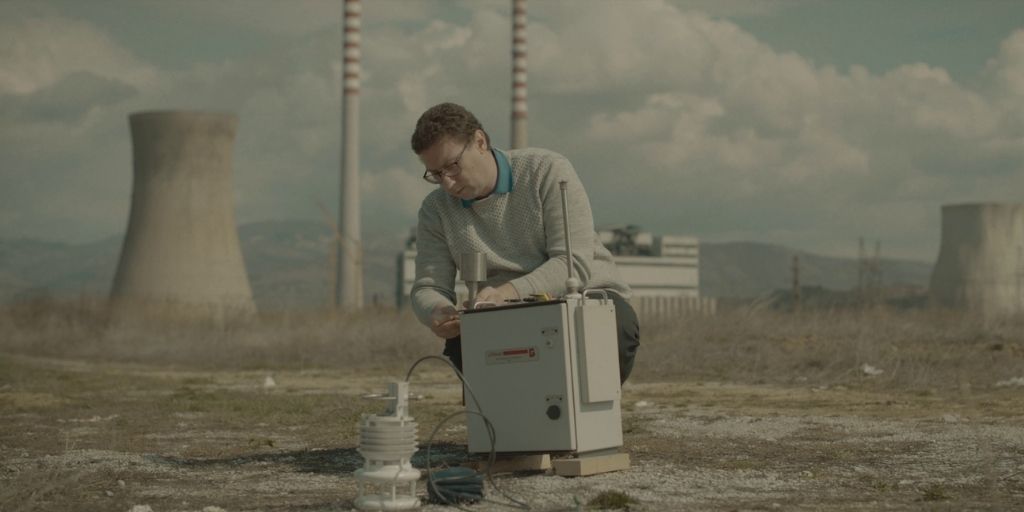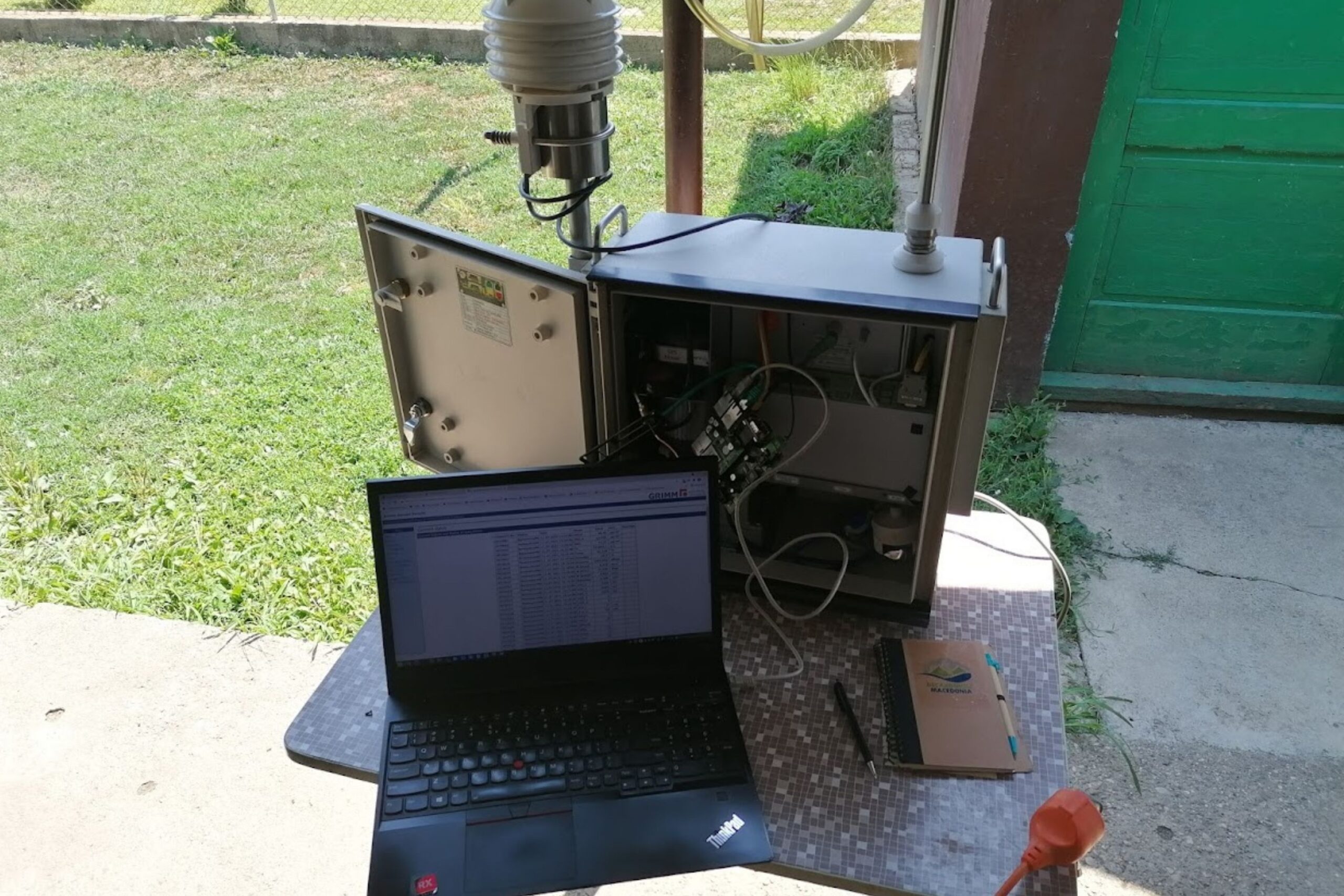This year we are marking five years since Bankwatch engaged in air pollution work in the Balkans. Throughout these years, there was one constant in the work – the environmental dust monitor. It has become the hero of many communities and is known to every organisation in the region that works for cleaner air.
Davor Pehchevski, Project leader | 22 July 2021

That the Western Balkans are plagued with toxic air is, unfortunately, common knowledge for anyone living in the region. But in the absence of publicly available air quality data, Bankwatch’s air quality monitor has been able to expose the connection between air pollution and coal throughout the region for the first time – a link that has proved vital in communities’ efforts to loosen the stranglehold of the dirtiest of fossil fuels.
In fact, every major achievement in Bankwatch’s air pollution work has been enabled by our dust monitor. For five years it has been working in the most polluted regions in the Balkans and central Europe, providing us and communities with a huge amount of invaluable data.
So far, the monitor has visited 16 locations, some of them twice. There, it is measuring dust pollution in the ambient air, specifically coarse particles (PM10) and fine particles (PM2.5). The indicative monitoring is done for a period of one month, which is enough to get some preliminary data on the ambient air quality at the location, and by using the meteorological station attached to the monitor, to also get some indication of possible sources.
In all locations, the culprit has been the same – coal. Outdated power plants, ash disposal sites and open-pit coal mines are major sources of air pollution in their regions. These facilities seriously impact the natural environment, quality of life and public health. Local residents see the pollution, smell the burning coal and feel the toll it is taking on their health, but there is not much they can do without data to support their claims.
Authorities provide only limited official air quality data, or none at all. Environmental groups have long been struggling to get more scientific evidence and more updated or real-time air quality data in order to prove the link between coal combustion for energy and air pollution so they can help those communities reduce their exposure.
This is the gap that the dust monitor managed to close in the places it visited. These people have every right to know the condition of the environment they are living in and the right to ask for air pollution to be within the legal and health protective parameters.

By providing just one month of data, the monitor was able to give some of the locals just the right amount of information for them to get some improvements. In Romania, the dust monitor has helped people get the resettlement they had sought for years, to get away from ever-expanding mines; in Hungary it helped bring about the closure of small local coal mines that were polluting remote mountainous villages; in Bosnia and Herzegovina the monitor helped get a better knowledge of the health toll by the old coal power plants. In other cases the monitor has given communities additional ammunition in their efforts to stem construction and expansion of new polluting facilities; and it has motivated IT professionals to start looking for cheaper, long-term ways to track air quality so that local residents can have data available at any time.
This is just a small list of reasons why the dust monitor has become somewhat of a hero for the local communities plagued by coal pollution. Whenever it was direly needed, it was there, travelling thousands of kilometres to help those in need. We returned the favour by keeping it clean, regularly serviced and calibrated, making sure it can continue fighting the good fight.
Never miss an update
We expose the risks of international public finance and bring critical updates from the ground – straight to your inbox.
Theme: coal | power plants | coal power plants | air pollution |
Location: Balkans
Project: Coal in the Balkans
Tags: Balkans | air pollution | coal
